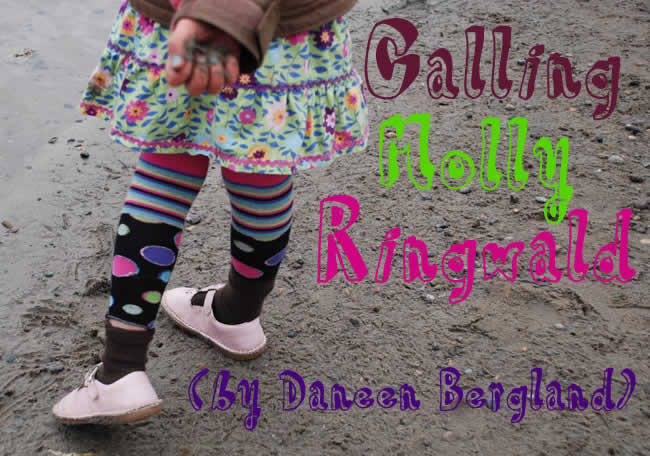 y daughter carefully lays out her outfit on the floor as if dressing a giant, invisible paper doll: top first, pants underneath, socks at the ends of the pants. Every morning, and several times a day, she picks out—not clothes—outfits. She has very clear ideas about what goes with what, none of which fit my general understanding of “matching,” a concept I learned at her age from wearing Garanimals. Any top with a zebra tag matched any bottom with a zebra tag because they shared a color scheme. Prints were pre-matched with solids; no plaid ever came up against a pattern. Everything made sense.
y daughter carefully lays out her outfit on the floor as if dressing a giant, invisible paper doll: top first, pants underneath, socks at the ends of the pants. Every morning, and several times a day, she picks out—not clothes—outfits. She has very clear ideas about what goes with what, none of which fit my general understanding of “matching,” a concept I learned at her age from wearing Garanimals. Any top with a zebra tag matched any bottom with a zebra tag because they shared a color scheme. Prints were pre-matched with solids; no plaid ever came up against a pattern. Everything made sense.
Without the benefit of those tags to help me, I later made mistakes: unfortunate fake leather shoes with lug soles and chunky buckles, pleated mini-skirts paired with printed tees, wide-legged pants with giant horizontal black and white stripes (that would have looked great had I actually been stiltwalking). Eventually I realized my errors, developed a general fear of color and pattern, and ended up with the closet I have now, full of brown, black, and grey. I also find myself engaged in daily power struggles with my daughter about mixing small flower prints with slightly larger flower prints, trying to explain why long-sleeve t-shirts don’t go under polka-dot terry-cloth sundresses, and why pink rhinestone cowgirl boots don’t go…well, actually, nothing can carry an outfit like a pair of pink rhinestone cowgirl boots. What I can’t admit to her is that I don’t have any fashion credentials. My rules have veered from “Do whatever Molly Ringwald is doing” to “Wear what’s comfortable and doesn’t smell bad.” In fact, my best fashion instruction came from watching my mom (who always looks classy, even in sweats) and the television show “What Not to Wear,” from which I learned two things: you should wear cuts that flatter your body, and everyone wears too much black.
When my daughter was born, I surrounded myself with books about what to feed her and when, when to put her down, when to let her cry, how much to carry her. Inevitably, some of the books contradicted one another, leaving me perplexed and sometimes frantic—I was sure I was making terrible, irrevocable mistakes. It occurred to me that somewhere along the line, relying so much on outside information from books, television, and what I saw and heard, I’d lost my intuition. One day, when looking with my daughter at a fashion advice blog featuring glamorous old women (what my daughter would call “fashionate”) dressed in peacock feather collars, or floppy hats, or tailored black and white checked jackets, it also occurred to me that real fashion sense involves taking risks, but most of all, simply having the confidence necessary to believe you're doing something right.
 Daneen Bergland's poems have appeared, most recently, in Verse and Verse Daily. In the winter issue, she interviewed poet Janine Oshiro.
Daneen Bergland's poems have appeared, most recently, in Verse and Verse Daily. In the winter issue, she interviewed poet Janine Oshiro.



